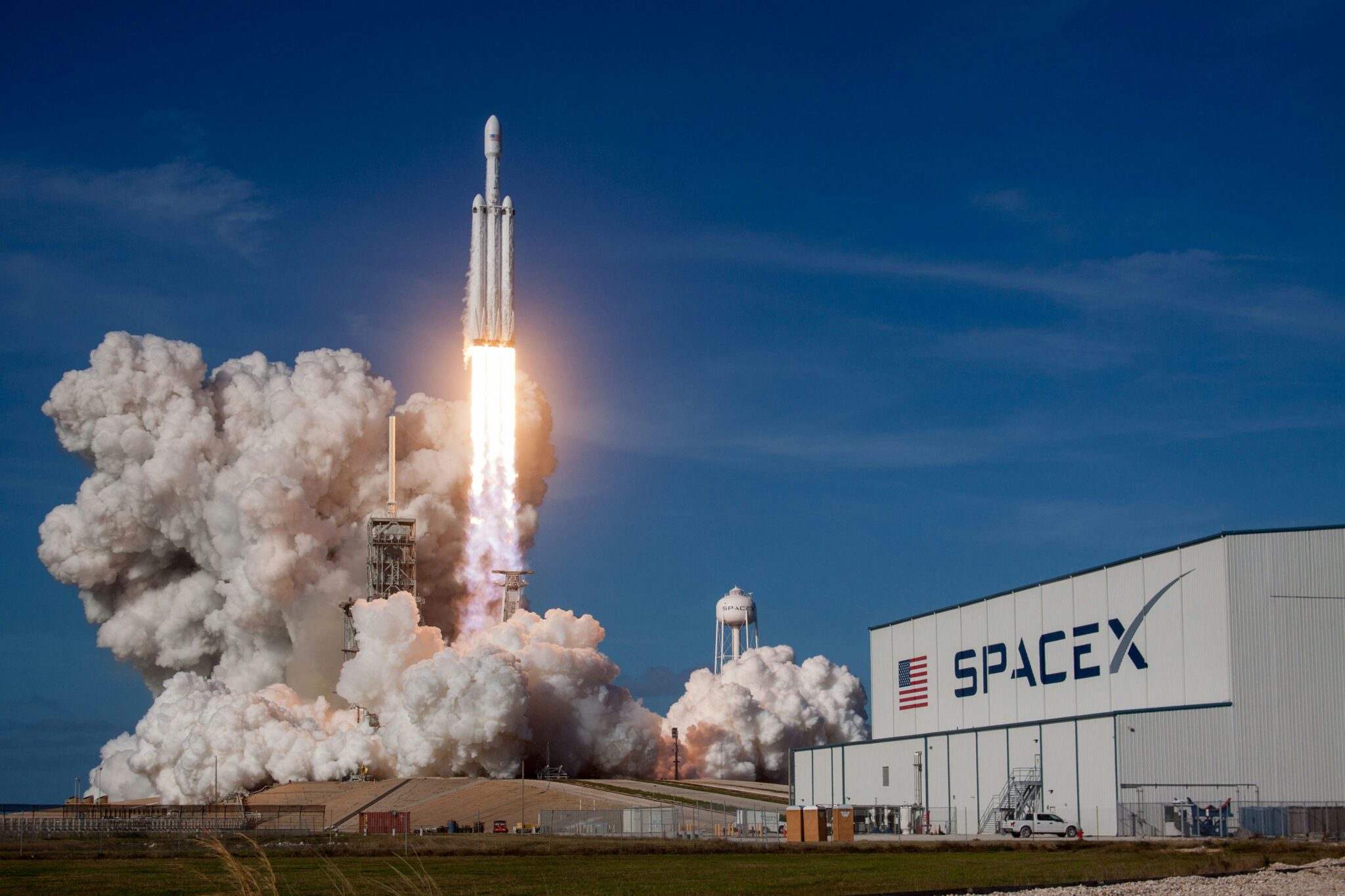SpaceX has long marketed Starship as a fully and rapidly reusable rocket capable of delivering thousands of pounds of cargo to Mars. But true reusability requires fault tolerance, the ability for a spacecraft to survive mishaps without mission failure.
The 10th test flight on Tuesday evening demonstrated that focus. In a post-flight update, SpaceX said the mission stressed “the limits of vehicle capabilities,” testing how Starship handles thermal stress, propulsion redundancy, and in-space engine relighting.
The heat shield remains one of the most difficult engineering challenges. Starship’s belly is covered in thousands of ceramic and metallic tiles that must withstand extreme reentry heating. For this flight, engineers deliberately removed some tiles and tested actively cooled replacements, pushing the system to its limits. The goal: to see how much damage the vehicle could endure and still survive.
This vulnerability recalls the 2003 Columbia disaster, when a damaged heat shield led to the loss of all seven astronauts. SpaceX is determined to map out those risks to ensure Starship’s reusability.
Fault tolerance was also tested in propulsion. During the booster’s landing burn, engineers disabled one of the three central Raptor engines, forcing the rocket to rely on a backup. The maneuver successfully simulated an engine-out scenario.
In orbit, SpaceX relit a Raptor engine, only the second time it has achieved this. Reliable engine restarts are critical for deep-space missions, lunar landings, and propellant transfers.
NASA’s Artemis program depends heavily on SpaceX solving these challenges. The agency awarded SpaceX over $4 billion to develop a lunar-landing variant of Starship, scheduled for a 2027 mission. Before astronauts can fly, NASA requires quantitative proof of reliability, particularly for the heat shield and engine relight systems.
Flight 10 data will feed into the next version of Starship, known as Block 3, which will feature upgraded Raptor engines, new flaps, and improved avionics. Elon Musk has said the long-term goal is for Starship to achieve “more than 24 launches in 24 hours,” a future that hinges on successful fault tolerance at scale.







